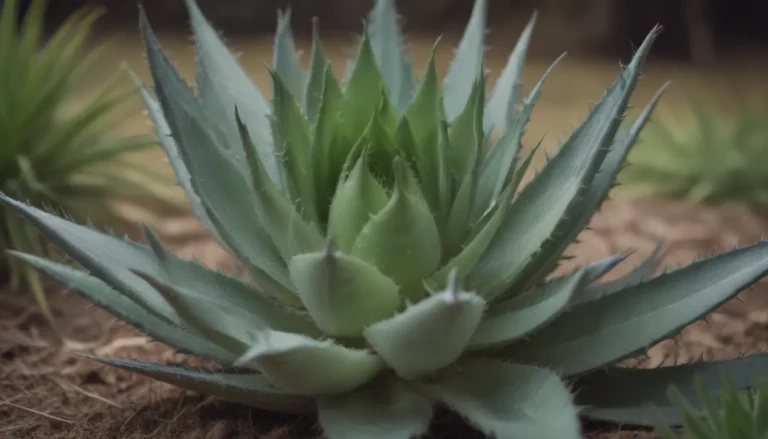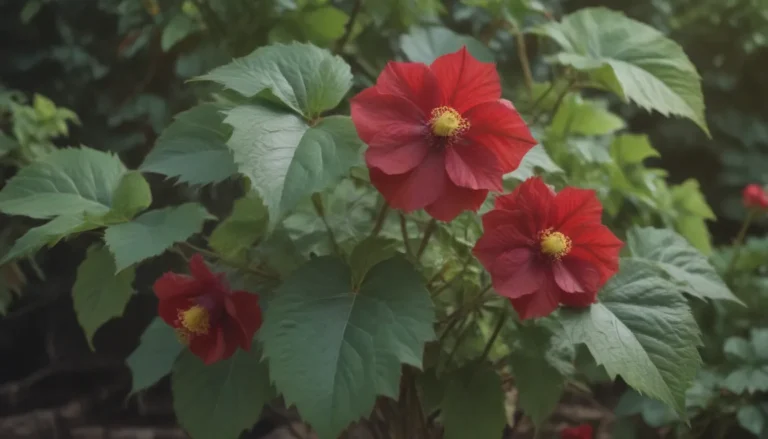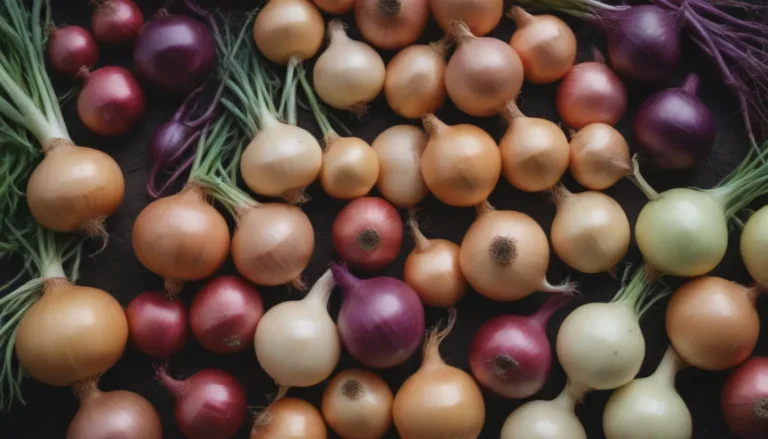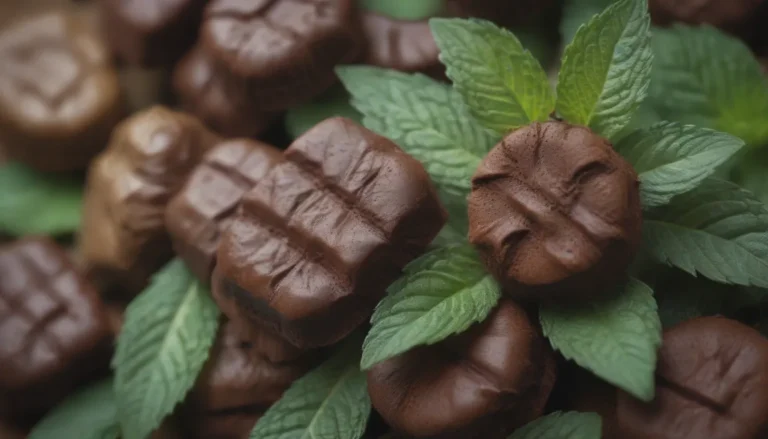The Ultimate Guide to Growing and Caring for Common Myrtle
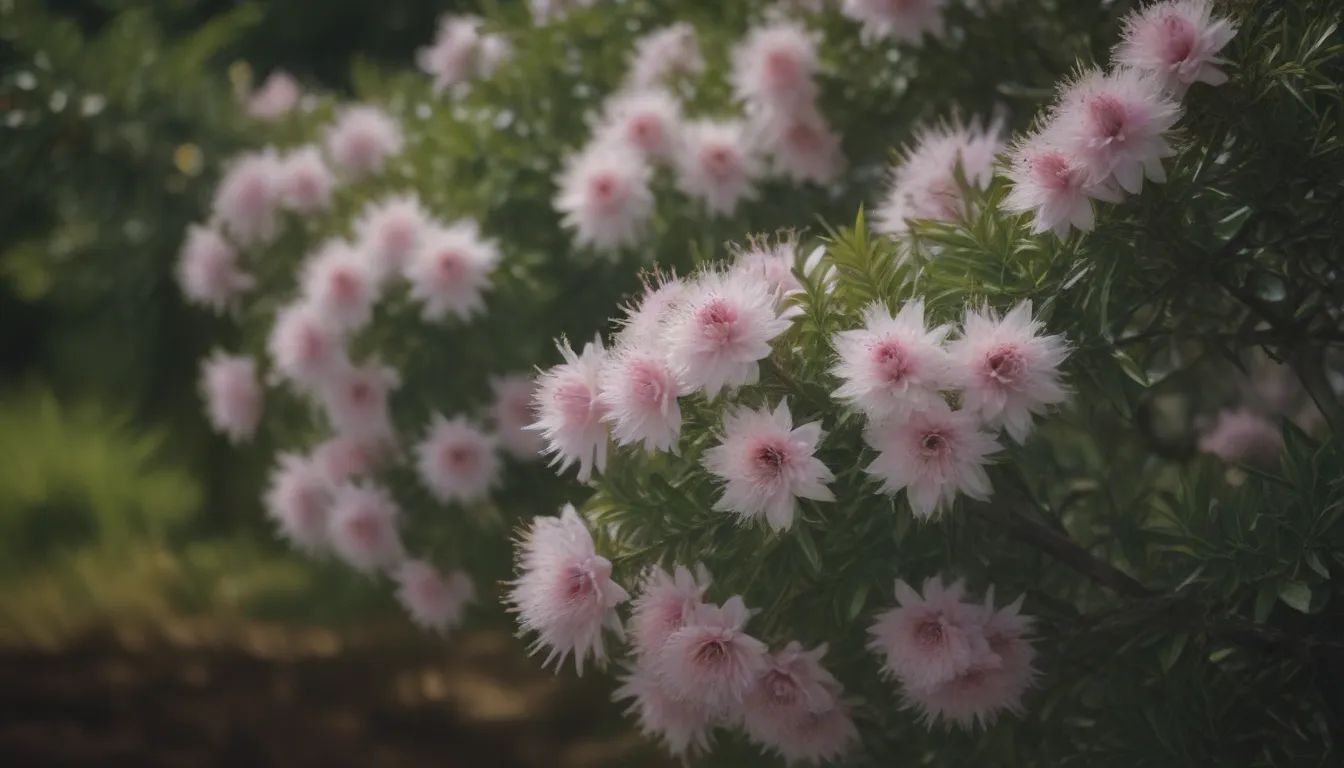
Are you looking to bring a piece of ancient beauty into your home or garden? Common myrtle (Myrtus communis) might just be the perfect plant for you. This beloved plant has been cherished since ancient times for its medicinal and culinary properties, as well as its delicate white flowers that symbolize love and innocence.
History of Common Myrtle
Dating back to the Mediterranean and northern Africa, common myrtle has a rich history that traces back to the ancient Greeks and Romans. In the 16th century, this plant made its way to England where it continued to be revered for its symbolic significance. Even today, myrtle sprigs are featured in royal British wedding bouquets.
Characteristics of Common Myrtle
The common myrtle is known for its small, lanceolate dark green leaves and fuzzy white bowl-shaped flowers that bloom in late summer. In autumn, this plant produces edible fleshy fruits that resemble blueberries. With a long warm summer, myrtle can grow up to 16 feet tall over the course of 10 to 20 years.
Ideal Growing Conditions
- Light: Full to partial sun in a west or south-facing location.
- Soil: Moist but well-drained soil, avoiding highly alkaline conditions.
- Water: Regular watering when young, with deeper watering every two to four weeks for older plants.
- Temperature and Humidity: Hardy in USDA Zones 8-11, frost-tolerant down to 10 degrees Fahrenheit, low humidity.
- Fertilizer: Annual outdoor fertilization in early spring, weekly indoors during the growing season.
Common Myrtle Uses
Aside from its ornamental beauty, common myrtle also offers practical uses. The flowers and fruits are edible, with the fruit being used in various Middle Eastern dishes as a food flavoring. Additionally, an essential oil can be extracted from the leaves and twigs for its antibacterial and astringent properties.
Common Myrtle Varieties
- ‘Tarentina’
- ‘Tarentina Variegata’
- ‘Nana’
- ‘Compacta’
- ‘Compacta Variegata’
- ‘Buxifolia’
Propagating Common Myrtle
Propagation of common myrtle can be done through seeds or semi-hardwood cuttings in the summer. Seedlings should be planted in a mixture of sand and compost for successful rooting.
Potting and Repotting
For indoor myrtle trees, repotting every two to three years is recommended. Lime-free soil mixes are essential for healthy growth, with normal soil mix supplemented with peat or Kanuma.
Pruning Tips
Pruning common myrtle after the bloom period is crucial for maintaining its shape and health. Trim spent blooms and remove any dead or diseased wood to encourage new growth. Bonsai and topiary forms require more frequent pruning to maintain their desired shape.
Common Pests and Plant Diseases
While common myrtle is generally pest-free outdoors, indoor bonsai trees may be susceptible to attacks by pests like whiteflies, aphids, and mealybugs. Keeping bonsai trees in well-lit areas with adequate moisture can help prevent pest infestations.
If you’re concerned about common myrtle’s toxicity to pets, consider the non-toxic Chilean myrtle (Luma apiculata ‘Glanleam Gold’) as a pet-friendly alternative in USDA zones 7-10.
In conclusion, common myrtle is a versatile and charming plant that can thrive both indoors and outdoors with proper care. By following these tips and guidelines, you can enjoy the beauty and benefits of this ancient plant in your own home or garden.
